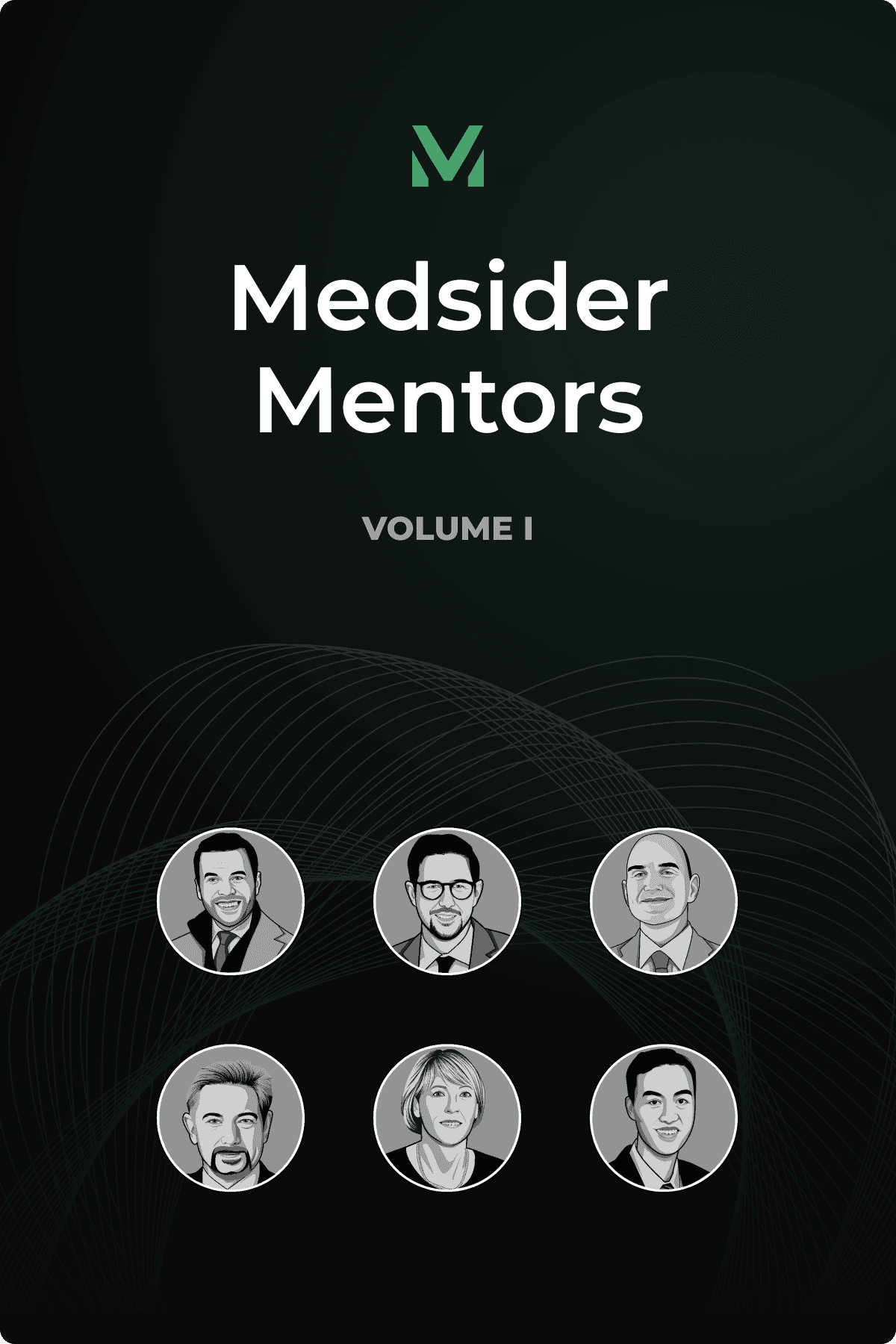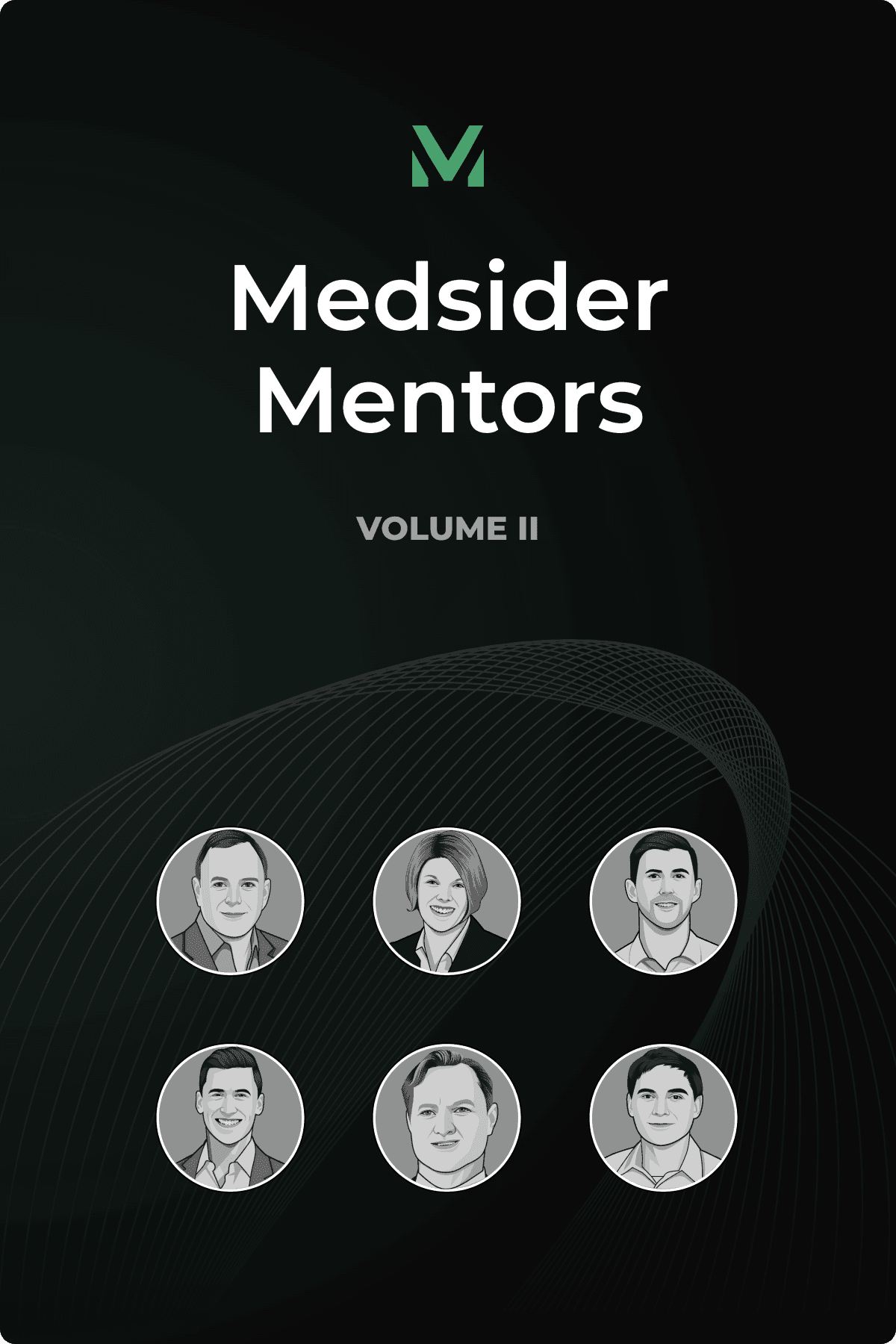Why Early Stage Medical Device Deals Aren’t as Bad as You May Think
Interview with Mike Carusi, General Partner at Lightstone Ventures

Mike Carusi is a bit of an odd man out in his line of work.
At a moment when a number of venture firms are either going away or shifting their focus to later-stage investments, Mike’s investment thesis clearly prioritizes early-stage medtech device deals.
His history of success speaks for itself. As a General Partner and Team Leader of Lightstone Ventures, he focuses primarily on biopharmaceutical and medical device investments. Mike is also a General Partner at Advanced Technology Ventures (ATV), a faculty member of the Stanford Biodesign Emerging Entrepreneurs Forum, and an advisory board member of the UCSF/Berkeley Venture Innovation Program. Some of his representative investments include Altura Medical, Ardian (acquired by Medtronic), EndoGastric Solutions, and GI Dynamics.
Mike estimates that his firm will see up to a thousand business plans over the course of a calendar year. They’ll end up funding four or five.
Those may seem like steep odds, but Mike assures me that there are still plenty of good deals to be made.
“Our belief is actually that as the capital in the industry shrinks, the demand, if you will, for our companies will go up because the major players will continue to have a need for innovation,” he explains. “They’re going to be continuing to look for these sorts of opportunities. So, we actually think it’s an interesting time to be investing in the space, but it’s a challenging time as well.”
In this episode of Medsider, Mike discusses some of the obstacles that start-ups face in finding funding and their footing. He talks about the power of disruptive technologies, the benefits of investing early in start-ups, and the importance of persevering and prioritizing personal relationships when it comes to making deals.
Key Lessons from Mike’s Experiences
Pursue innovative products that have the potential to transform their sectors. The technology itself may be revolutionary, or you may find a new and revolutionary way to apply an existing technology — as Kona Medical did with its ultrasound Renal Denervation System.
Medtech start-ups can draw inspiration from the worlds of biotech and pharmaceuticals to create advantageous partnerships with investors and strategics early in the development process. One model that is particularly promising is the build-to-suit model.
Start laying the table early for a successful exit down the road by prioritizing personal relationships with everyone from investors to strategics. And don’t underestimate the power that clinical data has to persuade payers, clinicians, the FDA, and, ultimately, patients.
You May Like These Articles
Medsider Premium
Become a premium member and unlock access to exclusive Medsider benefits.



